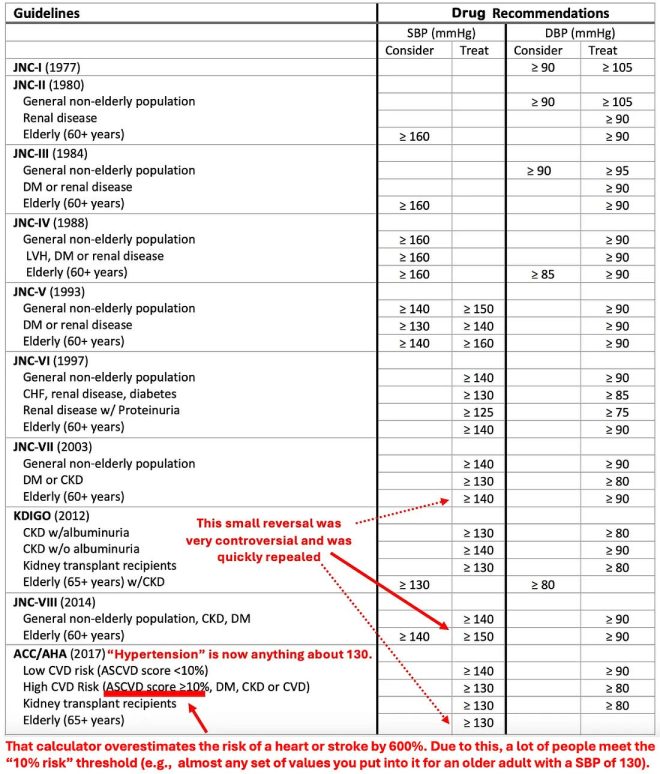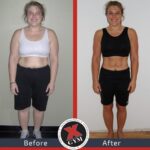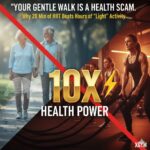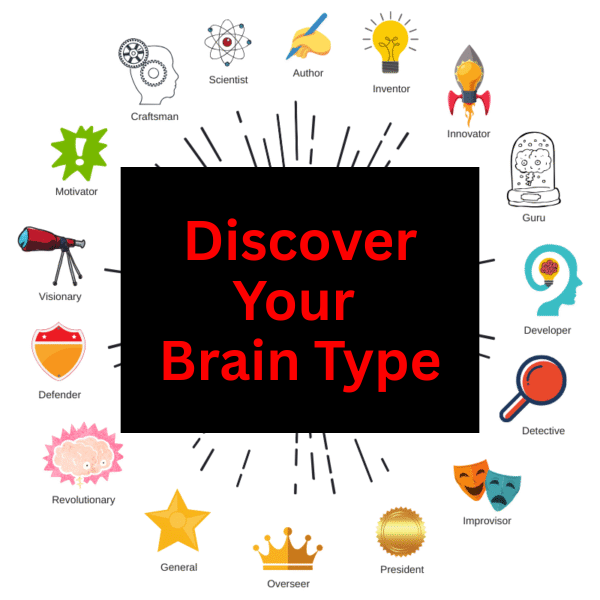This post is a summary (not medical advice) of the best blood pressure article I have read, called “The Great Blood Pressure Scam” by A Midwestern Doctor. It’s a long article, hence this summary, but if you want to drink out of the fire hose, click here.
The article (also not medical advice) challenges the conventional medical approach to hypertension, arguing that the focus on lowering blood pressure (BP) is misguided, driven by pharmaceutical interests, and often harmful. Key points include:
- Hypertension Diagnosis Issues:
- Over 25% of hypertension diagnoses are inaccurate due to measurement errors (e.g., wrong cuff size, white coat hypertension, not elevating the arm properly, etc.). Most doctors and nurses don’t even know the basics to proper measurement (probably on purpose because the mistakes they make usually results in a false high reading).
- Doctors often presribe BP meds based on ONE READING, without even taking it again to confirm it.
- Over 90% of cases are “essential hypertension,” with no known cause, yet treatment is aggressively pursued.
- BP is highly variable, and peripheral measurements poorly correlate with central (aortic) BP, which is more relevant to cardiovascular health.
- Misguided Treatment Paradigm:
- The belief that high BP causes cardiovascular disease (CVD) is based on correlation, not causation. Impaired circulation or vessel damage may raise BP as a compensatory mechanism.
- Lowering BP is justified to prevent CVD, but evidence shows it only slightly reduces stroke risk, not heart disease or overall mortality.
- Doctors rarely, if ever, discuss potential causes of high blood pressure with their patients. This should be malpractice. High blood pressure is never due to a deficiency in a medication, yet they treat it like it is.
- Guidelines have progressively lowered BP thresholds (e.g., 130/80 in 2017), labeling nearly half of U.S. adults as hypertensive, especially the elderly, despite weak evidence for benefits (see history chart below):

- Harms of BP Medications:
- BP drugs (diuretics, beta-blockers, calcium channel blockers, ACE inhibitors) cause significant side effects, including fainting, falls (especially in the elderly), cognitive decline, kidney injury, and macular degeneration.
- Side effects are underreported; surveys show 20% of users experience issues, and many discontinue use due to poor quality of life.
- Drugs vary in effects beyond BP reduction, suggesting benefits (if any) come from other mechanisms, not just BP lowering.
- Alternative Causes of High BP:
- Zeta Potential and Blood Sludging: Poor zeta potential (a measure of colloidal stability in blood) leads to clumped blood cells, obstructing flow and raising BP. This is linked to atherosclerosis and microstrokes.
- Endothelial Dysfunction: Impaired nitric oxide release stiffens arteries, increasing BP and preceding plaque formation.
- Circulatory Impairments: Obstructions (e.g., in kidneys or lungs) raise BP to maintain perfusion, suggesting BP elevation is a response to underlying issues.
- Evidence Gaps:
- The Framingham study’s linear model (lower BP = lower risk) is flawed; re-analyses show a threshold model where only very high BP increases mortality risk.
- Large trials (e.g., 1973 UK study, Cochrane reviews) found minimal benefits from lowering moderate BP, with harms often outweighing benefits.
- Aggressive BP lowering can cause hypotension, increasing risks like kidney failure and death, especially in the elderly.
- Natural and Holistic Approaches:
- Improving zeta potential (e.g., through Earthing, UV blood irradiation, or potassium intake) can lower BP and improve circulation.
- Chinese medicine links BP to blood stasis, treatable with herbs, acupuncture, or lifestyle changes (e.g., exercise, weight loss).
- Addressing underlying causes like anxiety, poor sleep, or kidney dysfunction is more effective than drugs.
- Salt Misconceptions:
- Drastic salt reduction has minimal BP impact (<1%) and may increase mortality risk.
- Hospitalized patients receive high sodium IV fluids without BP spikes, suggesting aluminum in processed salt, not sodium, may be the issue.
Conclusion: The article argues that the hypertension industry is a “scam” driven by pharmaceutical profits, not science. High BP is often a symptom of circulatory issues, not the cause of CVD. Aggressive drug treatment is largely ineffective, harmful, and over-prescribed, while natural approaches addressing root causes (e.g., zeta potential, endothelial health) are safer and more effective. The author advocates for conservative BP management and a focus on holistic health.
P.S. I have “familial” high blood pressure that usually runs around 145/92. As you can see from the chart above, it wasn’t until recently that this would have been considered high enough to “Treat.” I think it’s fine. My body is built to run in that range. I have refused blood pressure medicines all my life, and always will. Because I am a biohacker, I do take a product called “Cardio Miracle” as well as some concentrated beet extract capsules each day to get it down into the 130’s/80’s just because I can, but probably isn’t even necessary since I’m so healthy and fit. But it can’t hurt either, so I do. And it’s not medication.









